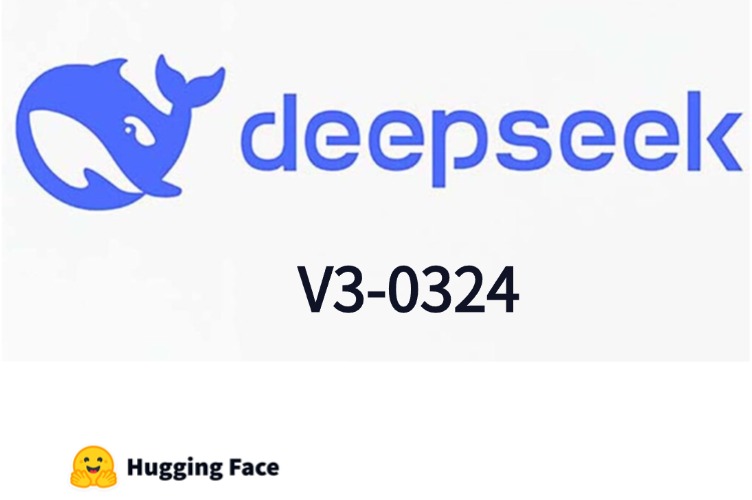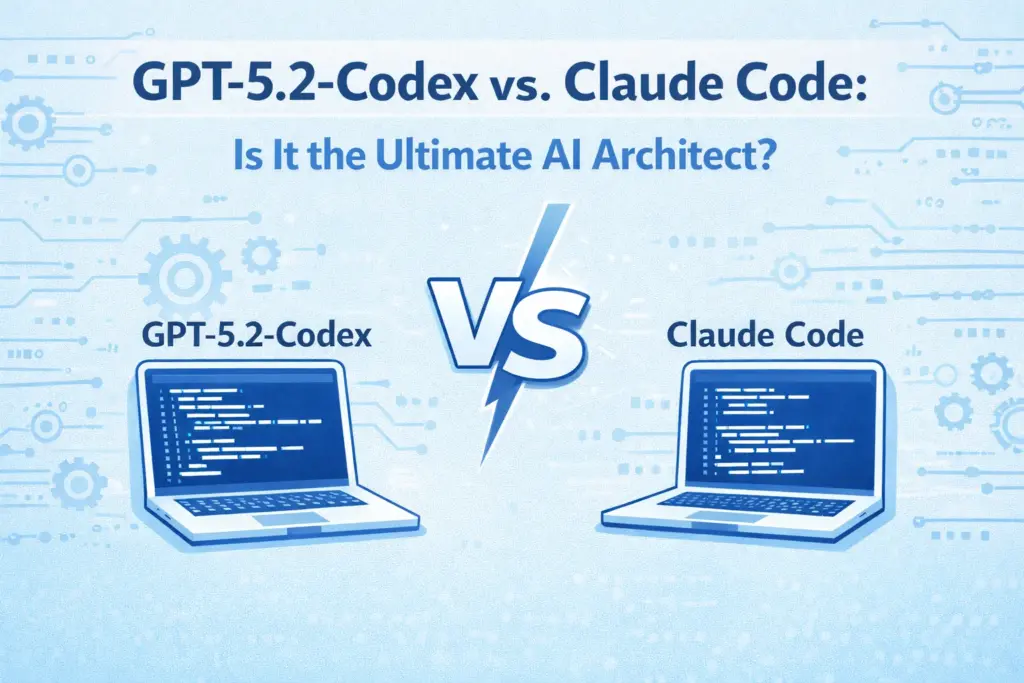Wichtige Highlights
- Forschungsstellen DeepSeek V3-0324 als führendes Open-Source-Modell für nicht-schlussfolgernde KI, das sich durch hervorragende Echtzeitanwendungen auszeichnet.
- Es erreicht die höchste Punktzahl im Benchmark „Artificial Analysis Intelligence Index“ und lässt proprietäre Modelle wie Google Gemini 2.0 Pro und Anthropic Claude 3.7 Sonnet hinter sich.
- Es basiert auf einer Mixture of Experts (MoE)-Architektur und aktiviert 37 Milliarden seiner insgesamt 671 Milliarden Parameter, wodurch die Effizienz gesteigert wird.
- Quantisierungstechniken wie die dynamischen GGUFs von Unsloth machen es auf begrenzter Hardware zugänglich.
- Dank des starken Engagements der Community entwickeln Benutzer vielfältige Anwendungen, die auf zukünftige Verbesserungen der Argumentation hindeuten.
Leistungsübersicht
DeepSeek V3-0324 glänzt bei nicht-logischen Aufgaben, insbesondere in Echtzeitszenarien wie Chatbots, Kundenservice-Automatisierung und Live-Übersetzung. Es erreicht 551 TP3T im Polyglot-Benchmark von aider, knapp hinter Sonnet 3.7, was auf eine robuste Wissensspeicherung und Problemlösung (Analytics Vidhya) hindeutet. Sein Vorsprung gegenüber proprietären Modellen in latenzsensitiven Kontexten beruht auf seiner effizienten MoE-Architektur.
Technische Details
Mit insgesamt 671 Milliarden Parametern aktiviert es nur 37 Milliarden pro Task über Multi-Head Latent Attention (MLA) und DeepSeekMoE (GitHub). Mit einem 128k-Kontextfenster (API-begrenzt auf 64k) und einem GPU-Speicherbedarf von über 700 GB bei FP8-Präzision ist es unter dem MIT für die breite Nutzung und Modifikation lizenziert (Hugging Face).
Anwendungen und Zukunftspotenzial
Es ist für einfache Reasoning-Aufgaben wie Chatbots und Kundenservice optimiert und unterstützt Funktionsaufrufe, JSON-Ausgabe und FIM-Vervollständigung. Die aktive Community auf Plattformen wie Hugging Face schlägt zukünftige Upgrades vor und könnte es zur Grundlage für DeepSeek-R2 (Medium) machen.
DeepSeek V3-0324: Übertrifft Google Gemini und Claude
DeepSeek V3-0324 setzt neue Maßstäbe in der KI-Landschaft, insbesondere im Artificial Analysis Intelligence Index (AAII), einem Benchmark zur Bewertung der Modellleistung für verschiedene Aufgaben. Sein Durchbruch liegt in seiner Fähigkeit, Schwergewichte wie Google Gemini 2.0 Pro und Anthropic Claude 3.7 Sonnet in nicht-logischen Bereichen zu übertreffen. Dies unterstreicht sein innovatives Design und seine Open-Source-Zugänglichkeit.
Im AAII-Test spiegelt die Top-Bewertung von DeepSeek V3-0324 seine überlegene Verarbeitung latenzempfindlicher Echtzeitaufgaben wider. Im Gegensatz zu Google Gemini 2.0 Pro, das sowohl logische als auch nichtlogische Funktionen mit einem proprietären Vorteil vereint, konzentriert sich DeepSeek ausschließlich auf exzellente Funktionen im nichtlogischen Bereich und liefert schnellere und effizientere Antworten. Im Vergleich zu Claude 3.7 Sonnet, bekannt für seine differenzierte Sprachverarbeitung, bietet DeepSeeks MoE-Architektur – die nur einen Bruchteil der 671 Milliarden Parameter aktiviert – eine schlankere und kostengünstigere Alternative ohne Leistungseinbußen (Analytics Vidhya).
Dieser Vergleich offenbart einen entscheidenden Vorteil: Während proprietäre Modelle oft enorme Rechenressourcen und geschlossene Ökosysteme erfordern, ermöglicht DeepSeek V3-0324 hohe Leistung. Seine selektive Parameteraktivierung reduziert den Ressourcenbedarf drastisch und macht ihn bei Quantisierung selbst auf weniger robuster Hardware zu einem ernstzunehmenden Konkurrenten. Experten bezeichnen dies als Paradigmenwechsel in der KI-Effizienz und macht DeepSeek zu einem Vorreiter in der Open-Source-Innovation (VentureBeat).
Detaillierter Bericht
Veröffentlicht am 24. März 2025DeepSeek V3-0324 ist ein Open-Source-KI-Modell ohne rationale Argumentation, das den AAII-Benchmark anführt und proprietäre Modelle wie Google Gemini 2.0 Pro, Anthropic Claude 3.7 Sonnet und Metas Llama 3.3 70B (Analytics Vidhya) übertrifft. Dieser Bericht untersucht Leistung, technische Details, Anwendungen und Auswirkungen auf die Community.
Leistungsanalyse
DeepSeek V3-0324 zeichnet sich durch herausragende Leistungen bei nicht-logischen Aufgaben aus und überzeugt in Echtzeitanwendungen wie Chatbots, Kundenservice-Automatisierung und Übersetzung. Mit 551 TP3T im Polyglot-Benchmark von aider liegt es nur hinter Sonnet 3.7 und beweist damit eine hohe Wissensspeicherung (Analytics Vidhya). Sein Latenzvorteil gegenüber proprietären Modellen ist seiner MoE-Architektur zu verdanken, die nur 37 Milliarden seiner 671 Milliarden Parameter pro Aufgabe über MLA und DeepSeekMoE aktiviert (GitHub). Diese Effizienz steht größeren Modellen in nichts nach und reduziert gleichzeitig den Rechenaufwand (VentureBeat).
Technische Spezifikationen
- Kontextfenster: 128 KB (API-begrenzt auf 64 KB)
- Parameter: 671 Milliarden insgesamt, 37 Milliarden aktiv
- Erinnerung: Über 700 GB GPU mit FP8-Präzision
- Funktionen: Nur Text, keine multimodale Unterstützung
- Lizenz: MIT (Umarmungsgesicht)
Das MoE-Design aktiviert ausschließlich relevante „Experten“, die mit 14,8 Billionen hochwertigen Tokens trainiert wurden, und zwar durch überwachtes Feintuning und bestärkendes Lernen. Mit nur 2,788 Millionen H800-GPU-Stunden ist es besonders kosteneffizient (GitHub).
Quantisierung und Zugänglichkeit
Der Umfang von DeepSeek erfordert normalerweise Unternehmenshardware, aber die dynamischen GGUFs von Unsloth ermöglichen quantisierte Versionen für eine breitere Nutzung:
| MoE-Bits | Festplattengröße | Typ | Qualität | Link |
|---|---|---|---|---|
| 1,71 Bit | 51 GB | IQ1_S | OK | Umarmendes Gesicht |
| 1,93 Bit | 178 GB | IQ1_M | Gerecht | Umarmendes Gesicht |
| 2,42 Bit | 203 GB | IQ2_XXS | Besser | Umarmendes Gesicht |
| 2,71 Bit | 232 GB | Q2_K_XL | Gut | Umarmendes Gesicht |
| 3,5 Bit | 320 GB | Q3_K_XL | Großartig | Umarmendes Gesicht |
| 4,5 Bit | 406 GB | Q4_K_XL | Am besten | Umarmendes Gesicht |
Die 2,71-Bit-Version schneidet bei Tests wie Heptagon und Flappy Bird hervorragend ab und erreicht über llama.cpp (Hugging Face) nahezu Ergebnisse mit voller Präzision.
Anwendungsszenarien
Es eignet sich ideal für einfaches Denken und unterstützt Echtzeit-Chatbots und Kundenservice mit sofortigen Antworten und effizienter Verarbeitung (Artikel von Ryan Daws). Die Unterstützung von Funktionsaufrufen, JSON-Ausgabe und FIM-Vervollständigung erweitert den Nutzen in der Entwicklung (DeepSeek API-Dokumente).
Prüfung und Bewertung
In Heptagon-Tests generierte es Python-Code für Physik-Engines in nahezu FP8-Qualität und übertraf damit die Standard-3-Bit-Quantisierung (DeepSeek Release Post). In Flappy Bird erreichte die 2,71-Bit-Version eine 8-Bit-Präzision und stellte damit seine Programmierkompetenz unter Beweis.
Engagement der Gemeinschaft und Zukunftsaussichten
Nutzer von Hugging Face entwickeln aktiv Projekte (Hugging Face), und in Foren wie Cursor wimmelt es von Funktionsanfragen (Cursor Forum). Zukünftige Iterationen könnten die Argumentation verbessern und möglicherweise zu DeepSeek-R2 (Medium) führen.
Rechtliche und ethische Überlegungen
Die MIT-Lizenz fördert die breite Nutzung, wirft aber Bedenken hinsichtlich Voreingenommenheit und Verantwortlichkeit auf. Bei der Demokratisierung der KI bleibt der ethische Einsatz unerlässlich (GitHub).
Abschluss
DeepSeek V3-0324 definiert Open-Source-KI neu und führt nicht-logische Aufgaben effizient und einfach durch. Sein gemeinschaftsgetriebenes Wachstum und das Potenzial für zukünftige Erweiterungen machen ihn zu einem herausragenden Produkt in diesem Bereich.




